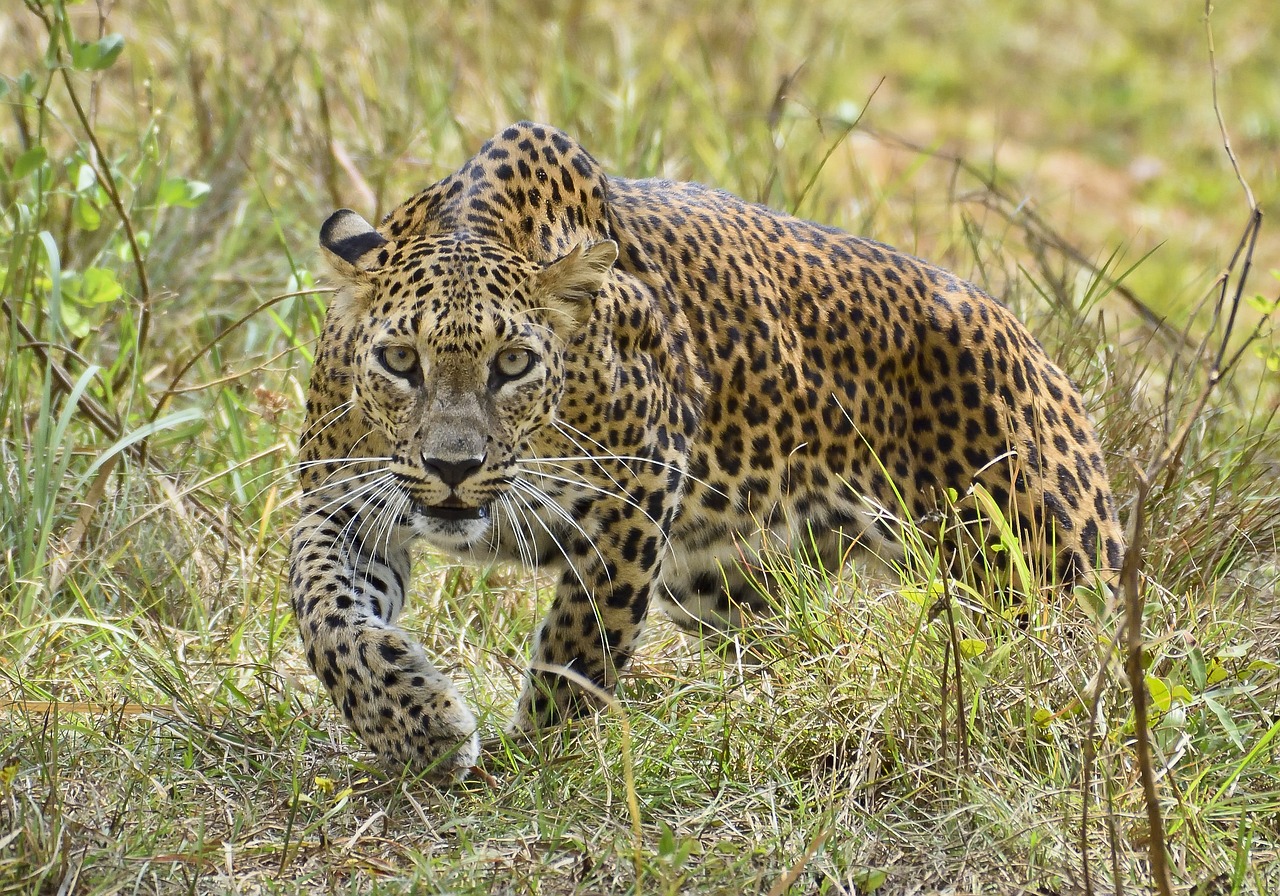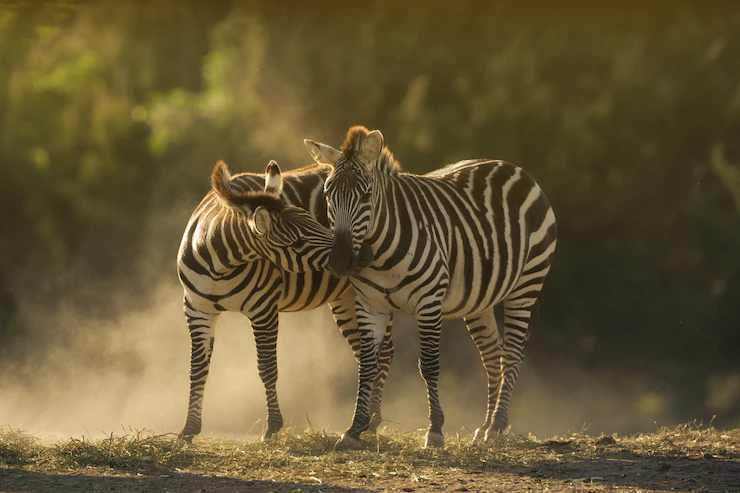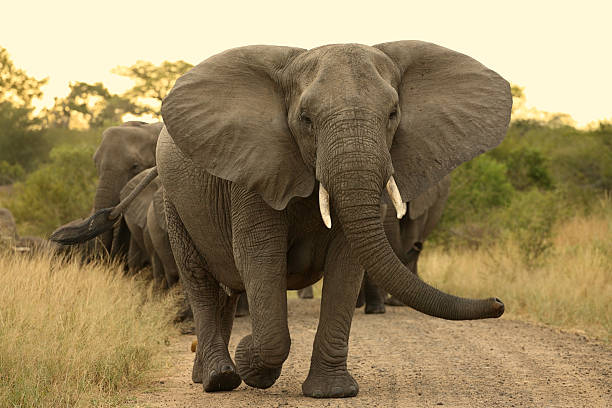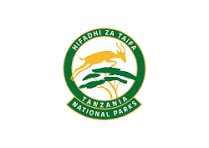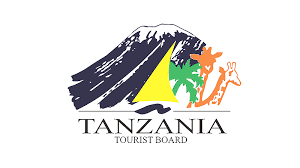Nyerere National Park
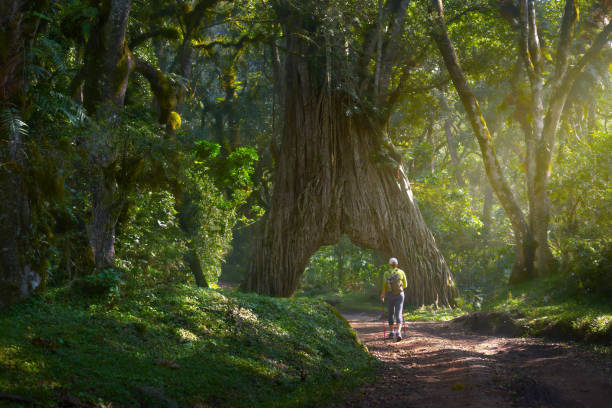
About Nyerere National Park
Nyerere National Park, formerly Selous Game Reserve, is Africa’s largest wildlife sanctuary and was renamed in honor of Tanzania’s founding father, Mwalimu Julius Kambarage Nyerere. Covering over 30,000 square kilometers, the park is a vast wilderness that preserves natural ecological and biological processes, featuring diverse wildlife and strong predator-prey dynamics.
Nyerere National Park is situated about 230–300 km from Dar es Salaam, accessible within a five- to six-hour drive. Visitors can enter through Matemere Gate in Morogoro or Matembwe Gate in Kisaki, which offers convenient amenities. Its accessibility and nearby infrastructure make the park an increasingly popular destination for Tanzania safari tours.
Nyerere National Park offers a variety of safari activities, including water safaris, game drives, walking safaris, and fly camping adventures. The park is home to large herds of elephants, captivating visitors with their presence. Wildlife sightings include wild dogs, antelopes, elephants, lions, and impalas roaming the golden grasslands, savannah woods, riverine marshes, and lakes. The Rufiji River, Tanzania’s longest river, flows through the park into the Indian Ocean, adding to its charm and making Nyerere a captivating destination for wildlife enthusiasts and honeymooners alike. At Ngonzi Tours, we go beyond a safari—we create immersive experiences connecting you with nature while ensuring your comfort. Whether it’s your first safari or one of many, we guarantee memories that will last a lifetime.
Nyerere National Park
Nyerere National Park offers a range of accommodation options, including Serena Mivumo River Lodge, Selous Serena Camp, Mbuyu Safari Camp, BehoBeho Camp, Stiegler’s Gorge Camp, Rufiji River Camp, and Sand Rivers. The park’s abundant wildlife, particularly along the Rufiji River—with crocodiles, buffaloes, elephants, Thomson’s gazelles, and giraffes—creates an unforgettable safari experience.
The park is noted for having Africa’s highest populations of hippos and buffaloes, second only to elephants. Its lakes, including Manze, Siwandu, Mzizimia, and Tagalala, along with the Ruaha and Rufiji Rivers forming a vast inland delta, provide diverse habitats of seasonal canals, grassy plains, dunes, steep banks, and borassus palms. These areas attract hippos, crocodiles, and Carmine bee-eaters, highlighting the park’s remarkable wildlife diversity.
